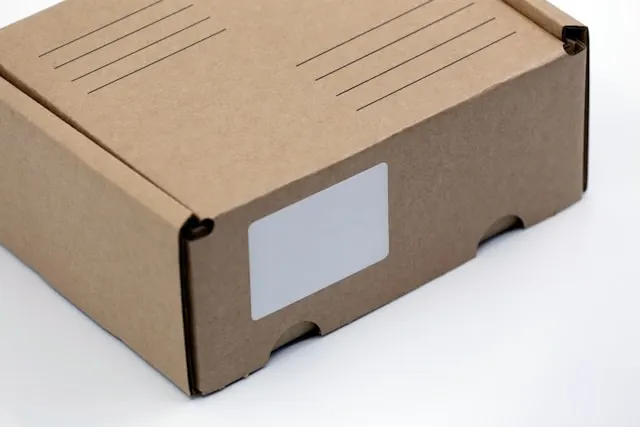Choosing the right packaging for your products is more than just finding something that fits. It’s about creating a memorable experience for your customers while ensuring that your items arrive safe and sound. Custom packaging offers a unique opportunity to showcase your brand and make a positive impact on your customers. In this guide, we’ll explore essential tips to help you select the best custom Packing options that align with your business needs and values.
Table of Contents
1. Understand Your Packaging Needs
Before you dive into the world of custom packaging, take a moment to understand your specific needs. Ask yourself these questions:
– What are the dimensions and weight of my product?
– What level of protection does it require during shipping?
– Is sustainability a concern for my brand or customers?
– What is my budget for packaging?
The answers will guide you in choosing materials and designs that suit your product perfectly.
2. Choose the Right Material
The material you choose for your packaging plays a crucial role in both protection and presentation. Here are the most common types of materials used:
– Cardboard: Versatile and recyclable, suitable for a wide range of products.
– Bubble Wrap or Foam: Great for fragile items needing extra cushioning.
– Plastic: Durable and waterproof, ideal for items that might leak or need barrier protection against moisture.
Consider the durability, cost, and environmental impact of each material to find the best fit for your product and brand ethics.
3. Design for Unboxing Experience
In the era of social media, the unboxing experience can be a powerful marketing tool. Design your packaging to surprise and delight your customers. This might mean using vibrant colors, interesting textures, or including personalized notes inside the box. Every detail counts in making your package stand out and enhancing the customer’s overall experience.
4. Keep Branding in Mind
Your packaging is a continuation of your brand. Make sure your logo, brand colors, and style are well represented. This not only makes your package look professional but also increases brand recognition. Whether it’s a simple stamp with your logo or a full-color print, consistent branding helps build a connection with your customers.
Also read: Top Ideas to Celebrate a Kid’s Party
5. Consider the Functionality
While aesthetics are important, functionality should not be overlooked. Your packaging should be easy to open, but also secure enough to protect its contents. Additionally, think about the storage and shipping efficiency. For example, foldable boxes can save space and reduce shipping costs.
6. Plan for Scalability
As your business grows, your packaging needs may change. Choose a packaging design that is scalable. This means materials and designs that can be adjusted or expanded easily without significant redesign or expense. This flexibility can be crucial as you introduce new products or adjust to changes in demand.
7. Test Your Packaging
Before you finalize your packaging choice, it’s crucial to test it. Send a few packages to friends or family to check how well they travel and how they look when they arrive. This testing can help you catch potential problems before your customers do.
8. Seek Customer Feedback
After your packages are in use, seek customer feedback. This can be done through surveys or by monitoring social media. Customer reactions can provide valuable insights into what’s working and what could be improved. This feedback loop is essential for continuous improvement.
9. Stay Updated with Trends and Technology
Packaging technology and design trends evolve continuously. Stay updated with the latest innovations in materials and printing techniques. This can offer new opportunities to enhance your packaging in cost-effective and environmentally friendly ways.
Also read: Benefits Of Workforce Management
10. Evaluate Suppliers Carefully
Finally, the quality of your packaging also depends on your supplier. Look for suppliers with good reviews and a reputation for reliability. They should be willing to work with you to meet your specific needs and provide samples before you make a large investment.
Conclusion
Selecting the perfect custom packaging for your products involves careful consideration of materials, design, and functionality. By following the tips provided, you can create packaging that not only protects your products but also enhances your brand’s image and delights your customers. Remember, the right packaging can turn first-time buyers into loyal customers and make your products stand out in a crowded market. So, invest time in choosing packaging that reflects your brand’s quality and commitment to customer satisfaction.

